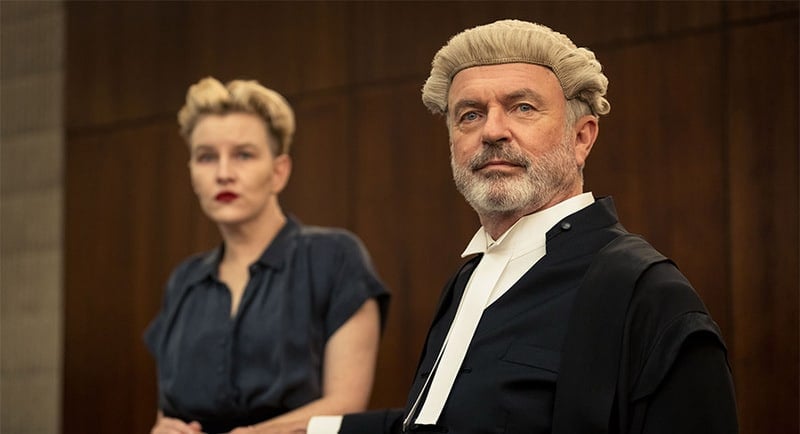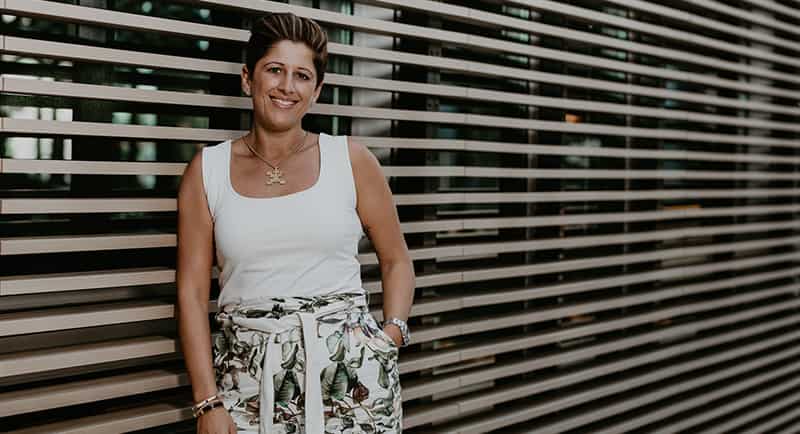It’s undeniable that the Queen’s passing was a historic moment of shared social and cultural connectivity in Australia and globally. Tributes to the Queen emerged at historical landmarks and across social media. We found ourselves speaking about it in meetings while watching the rolling news coverage. It was a moment of talkability and watchability that had several subsequent viewing experiences flowing on: from King Charles’ first address, to the procession to Buckingham Palace and then the day of the funeral (which pulled in over 3.5 million Australians viewers) and no doubt, the coronation of King Charles III when it takes place.
This moment of significant social relevance and connection filtered into the content that audiences went looking for. It was the catalyst for a resurgence in viewing of The King’s Speech, The Crown, and Royal Family related documentaries. While the Queen’s passing wasn’t something that was scheduled, the series of events it had set off has underlined the observation that appointment viewing is and always will be a “thing” and exists beyond the traditional grounds of live sports. However, what drives that appointment viewing has evolved.

The Crown
What appointment viewing was
Appointment viewing might seem like a herald of yesteryear when a mass audience would tune into a linear TV channel each week at the same time to engage with their favourite show. You couldn’t miss your “appointment” because there was no way to catch up with it later.
With catch-up options at the time scarce, this type of patterned viewing did leave room to create strong moments of social connection for viewers. Everyone watching at the same time created a sense of shared experience, a sense of belonging. The water-cooler effect of certain shows could be felt in offices, schools and social gatherings and most definitely drove conversations and social interaction.
Some would argue that while methods of content consumption have changed and streaming continues to increase in popularity, many moments of shared connectivity have been somewhat lost when it comes to entertainment as a vertical.
But appointment viewing hasn’t left us and whilst we may not be viewing as a collective, we are still using it to drive connectivity. We are ensuring our friends and co-workers don’t spoil what happened in the final episode in The Twelve until we got to see it, and we feel a sense of urgency to do so to ensure we stay relevant to that watercooler chat. (Add that to your watchlist, if not seen already!)
We are no longer looking to timeslots to inform our appointed viewing choices but our steaming service carousels and watchlists now remind us of what we need to watch, our family and friends inform that watchlist and appreciate that our shared connectivity around that particular piece of content may now come at a different time and there is a respect for that.
And then we see moments where everyone, everywhere is talking about the same show and at the same time.

The Twelve
Mass appeal
A great example of this is the arrival of House of the Dragon, the hotly anticipated prequel to Game of Thrones. When it hit Binge and Foxtel in late August, it debuted to an audience of 1.235 million in Australia. The almost 10 million viewers who tuned in for the premiere in the US even managed to temporarily crash HBO Max.
It was a perfect instance of tentpole drama bringing back a generation of Game of Thrones fans who were eager to hear the story of House Targaryen. And to introduce a new audience to the world of Westeros also! As keen as the fans were, marketers were even more so. It’s easy to understand why: Game of Thrones won masses of critical acclaim and it was expected that House of the Dragon would (and did) follow suit.
The anticipated appointment viewing for the series meant that marketers are guaranteed an engaged, passionate audience every week and there were many ways to integrate around the format locally.
One advertising partner that did particularly well was Treasury Estate Wines. Maximising the depth of an integration partnership with the advertising campaign they ran on Foxtel, Treasury Estate Wines released a limited-edition blend from Australian winery, Wolf Blass. Fans are able to sip on the Fire & Blood Cabernet Shiraz while watching the blood bath of the Dance of the Dragon, the civil war that led to the Targaryen downfall.
A similar partnership that capitalised on this global phenomenon was Messina’s collaboration with Binge. After their success with Game of Thrones themed gelato flavours, Messina worked with Binge to create two new flavours to celebrate the prequel. 3,000 scoops of “House Vanillaryon” and “Heir to the Cone” were given away for free on 12th September, the day the fourth episode of the series aired.

House of the Dragon
This was a hugely successful campaign and a great way to harness the long tail of excitement for the series. It becomes a moment of immense talkability, rather than merely a moment of viewing.
Why talk about integrated partnerships when talking about appointment viewing you may ask? Well, it’s because streaming platforms and production companies alike appreciate and acknowledge that the way to promote a show is no longer mainly driven by en masse viewed promo spots in prime time. It’s just not who we are anymore nor how we consume content. When there is a strong connection with a brand or a quirky way to catch a viewer’s attention, doesn’t it make sense to do so? I am not sure there is a better way to drive watchability, talkability and connectivity than through wine and ice cream, when content is at the core.
For me, when thinking of appointment viewing, I don’t believe that it left nor returned, I believe that there are micro moments of appointment viewing, when we watch on our own or with our partners and mass moments of appointment viewing, when we watch with people across states and territories. Appointment viewing is here to stay, its just that we need to think differently about what these appointments look like.
–
Top Image: Daniella Serhan, entertainment sales and partnerships director at Foxtel Media

